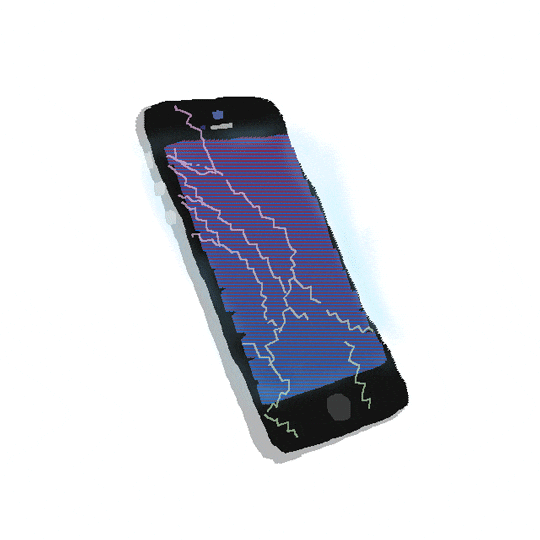09.20.24 Newsletter
Our weekly dispatch from the Experience Design Studio cooking up creative mischief at the crossroads of tech and imagination.
Thanks for joining us on this journey into the digital frontier!
⚡️Embrace the Singularity⚡️
Tech news, AI tools, and radical stuff worth your time!
🎥 I Need An Extension 🎥
Gen-3 Alpha now allows you to extend generated videos up to a total of 40 seconds, offering the option to continue scenes or introduce new elements.
Keep It Rolling
🥁 Send Me The Mixtape 🥁
Suno's new AI-powered "Covers" feature allows users to transform any song into a different genre while preserving the original melody, offering a creative way to reimagine music across multiple styles.
Tune In
☁️ A Dream Come True ☁️
Luma Dream Machine v1.6 introduces a new feature called Camera Motion, allowing users to control scenes with specific camera movements.
Action!
🤖 Free Robot Hugs—No Strings Attached! 🤖
A new robot designed to give hugs demonstrates the evolving capabilities of robotics and raises questions about how society will adapt to emotionally interactive machines.
Cuddle Tech
🎮 Astronomical Fun 🎮
Astro Bot on PS5 is a charming, nostalgic game that brilliantly blends classic PlayStation elements with creative, quirky gameplay.
Press Play
Midjourney: A Guide to Style References
MidJourney offers a range of powerful tools for anyone to generate unique images using AI. One of the most versatile and highly effective prompting features is the Style Reference system, referred to as "--srefs.” Style References allow you to shape your output by infusing specific visual styles into your generations. Whether you're aiming to emulate a …
🌟 Style Spotlight 🌟

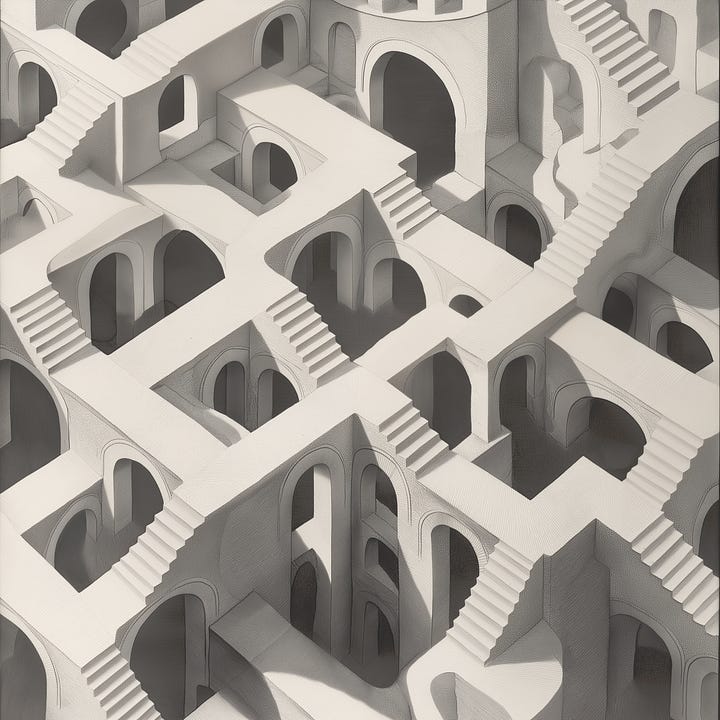
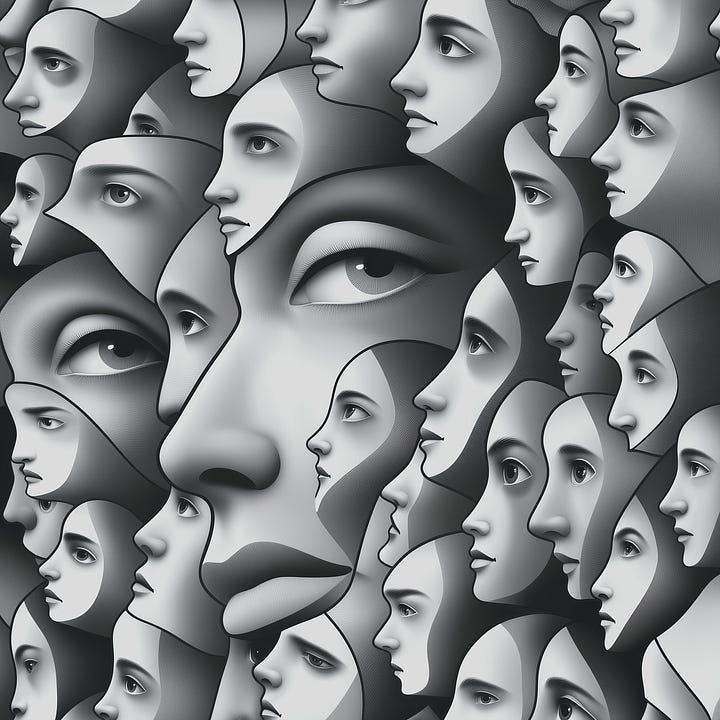
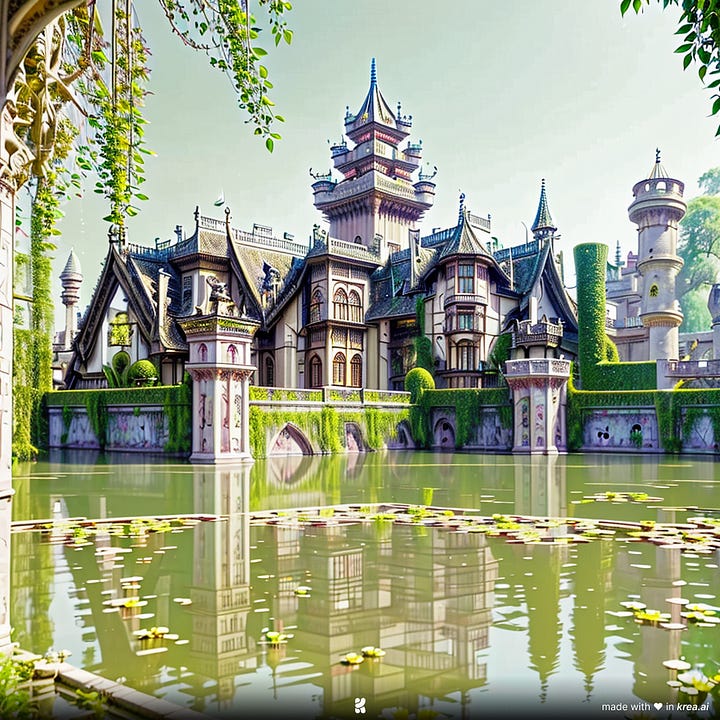
Psst.. Some of the images in this newsletter have hidden Atypical logos in them (Try squinting to see them in full effect).
Optical Illusion Art, also known as Op Art, emerged in the 1960s as a visually captivating style that plays with perception, creating the illusion of movement, depth, or hidden images through the use of geometric shapes, color contrasts, and patterns. (Tip: Sometimes squinting can help reveal optical illusions more clearly by allowing the eye to focus on the key shapes and patterns). The movement of Op Art gained prominence with artists like Bridget Riley and Victor Vasarely, who are considered pioneers of the style. Riley's work often featured bold black-and-white designs that created a sense of movement, while Vasarely used color to produce complex, eye-catching illusions. The roots of optical illusion design can be traced back to earlier art movements like Cubism and Futurism, which explored distorted perspectives and visual trickery. Today, optical illusion designs are widely used in fashion, interior design, advertising, and digital art, celebrated for their ability to engage viewers and challenge the boundaries of perception.
Some Op Art creates the illusion of movement through precise geometric patterns and contrasting colors, tricking the eye into seeing motion where none actually exists. These static images appear to shift, ripple, or vibrate, captivating viewers with a sense of dynamic energy (photo source here).

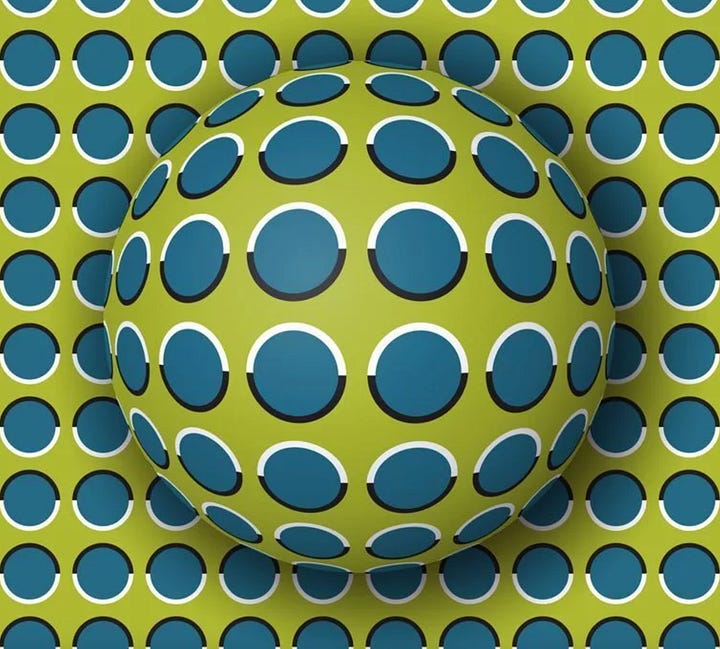
Prompt Specifics
When writing text prompts for any kind of AI generative art, there are keywords that can help you closer achieve the desired style or overall outcome. For creating, Optical Illusions style images, here are some great keywords to use:
/imagine: optical illusion art, mind-bending, geometric, patterns, optical illusion, black and white, high contrast, vibrant colors, wavy lines, concentric circles, repetitive shapes, zigzag, abstract, distortion, 3D effect, grid lines, depth perception, visual trickery, checkerboard, psychedelic, spiral, recursion, tessellation, impossible architecture, impossible geometry, MC Escher, Bridget Riley, Victor Vasarely
📱 Connect With Us 📱
📸 Follow on Instagram
🎥 Subscribe on YouTube
💼 Connect on LinkedIn
🌐 Visit Our Website








